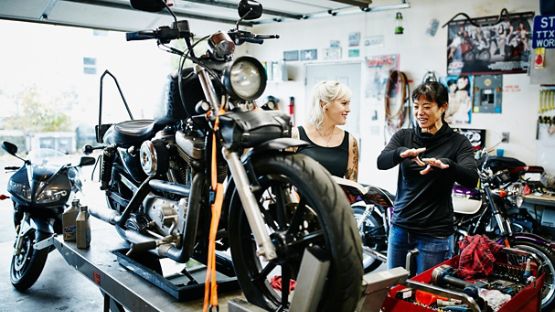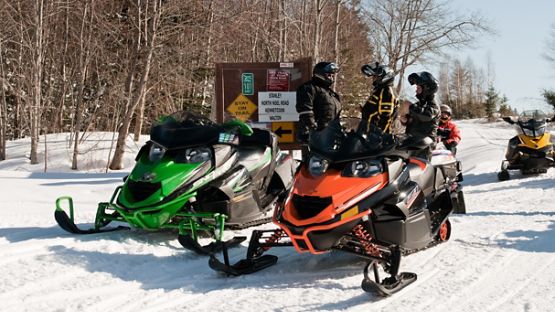You hear the splash of the water, the call of the gulls, and the wind whipping by. That’s all the sound that surrounds you when you speed across the waves on an electric boat. With no roar of a boat motor, electric boating allows for a tighter immersion with the Canadian river, lake, or ocean environment you travel.
A not so new technology
Electric boating has been around since the mid-nineteenth century. As an alternative to steam power, electric boats grew in popularity at the turn of the 20th century. However, with the advancement of the internal combustion engine around 1920, batteries and electric motors gave way to gas powered boats. A century later, more battery propelled motors are making waves again and enhancing the boating experience.
The environmental benefits of electric boating
Firstly, with electric boats there is the lessening impact on the Canadian water environment you care most about. With zero-emissions, an electric motor doesn’t pump carbon into the atmosphere. Plus, there is no risk of fuel spills and contamination of our waters and their ecosystems. Then there is the minimization of noise pollution, for more natural enjoyment for you and those you share the water with when using electric boats.
Electric boat performance
The battery, generator and electric motor typically weigh less than a gas-powered motor, helping boating performance. Plus, with instant torque, an electric boat can get to top speed at a much faster rate. Lastly, with no moving parts, a high-performance electric motor requires less maintenance than a gas-powered motor boat.
Range concerns
A fully charged electric motor will not have the same range as a fully fueled gas-powered motor. Not yet anyway, as battery innovation and energy efficiency improves every day for electric boats. Speed is another consideration with electric boats and their design. In some electric models, range is calculated at speeds of five knots. However, going at full throttle up to 25 knots, electricity range can drop by 80%. On a positive note, boaters can use regenerative power like solar power to give the battery a bit of extra juice. Stop for a shore lunch, plug in the solar panels for charging, and you’ll get a bit of extra time boating on the water.
Types of electric boats
Representing around 2% of boat sales, the adoption of electric boats has been slow. But with more boat manufacturers introducing a full spectrum of models ranging from pontoons, sailboats, powerboats, fishing boats, and even yachts and trawlers. No matter what you have planned for the water, there’s an electric boat for you.
References:
Buyers guide to electric boat motors (2023) (waterbornemag.com)













